Hubble: The Telescope has detected the most distant star ever discovered!
- Published
- comments
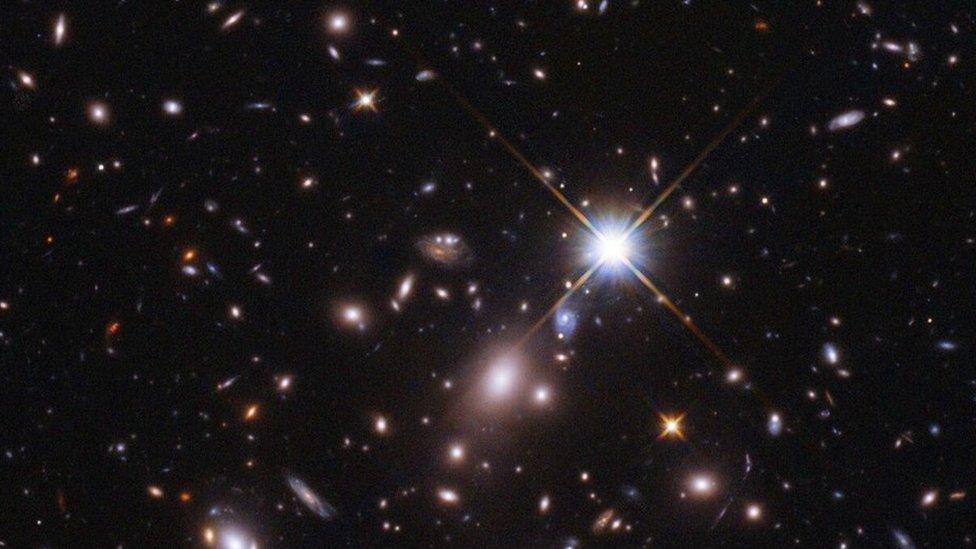
The star is so far away that its light has taken 12.9 billion years to reach Earth
A brand new space record has been set!
Nasa's Hubble Space Telescope has detected light from a super distant star. It's so far away that its light has taken an incredible 12.9 billion years to reach Earth, much longer than the nine billion light years of the farthest star previously seen.
Astronomers have named the star 'Earendel' which means old star in English. It's believed to have existed within the first billion years after the birth of the universe.
"This might be the earliest star we will ever see since the Big Bang and it was so surprising that it is so much younger than the previous entry of nine billion years, at first I didn't believe it," said Dr Guillaume Mahler from Durham University's Department of Physics and Centre of Extragalactic Astronomy.
"The discovery of Earendel is fantastic and there will be many other aspects of the star we will be able to study, which could keep us busy for years to come."
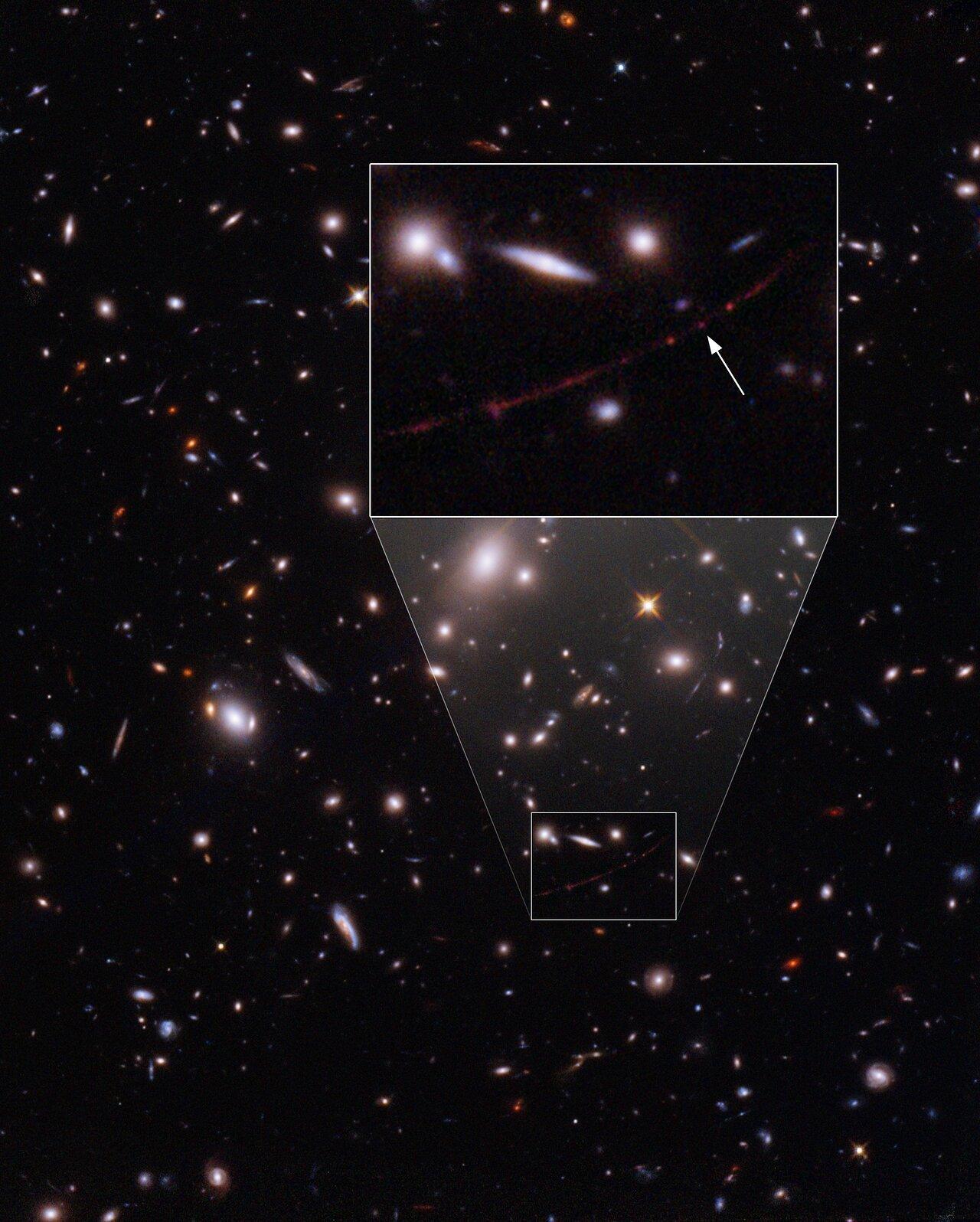
The giant star is positioned along a ripple in spacetime that gives it extreme magnification, allowing it to emerge into view from its host galaxy, which appears as a red smear across the sky
The team of scientists who made the discovery have said that if Earendel is indeed a single star, it would be at least 50 times the mass of the Sun and millions of times as bright, making it one of the biggest stars known.
However, even stars as big as this one would be impossible to see at such a great distance without being naturally magnified in the process. This is caused by an effect called 'gravitational lensing'.
This happens when a group or cluster of galaxies warp the fabric of space, creating a powerful natural magnifying glass that distorts and greatly boosts the light from distant objects behind it.
In this particular case, a huge galaxy cluster sitting between Earth and Earendel meant the star's brightness was magnified by a factor of thousands, allowing astronomers to see it.
"Gravitational lensing is like observing galaxies under the microscope and with technology such as the Hubble telescope, you start to see what is inside," said Dr Mahler.
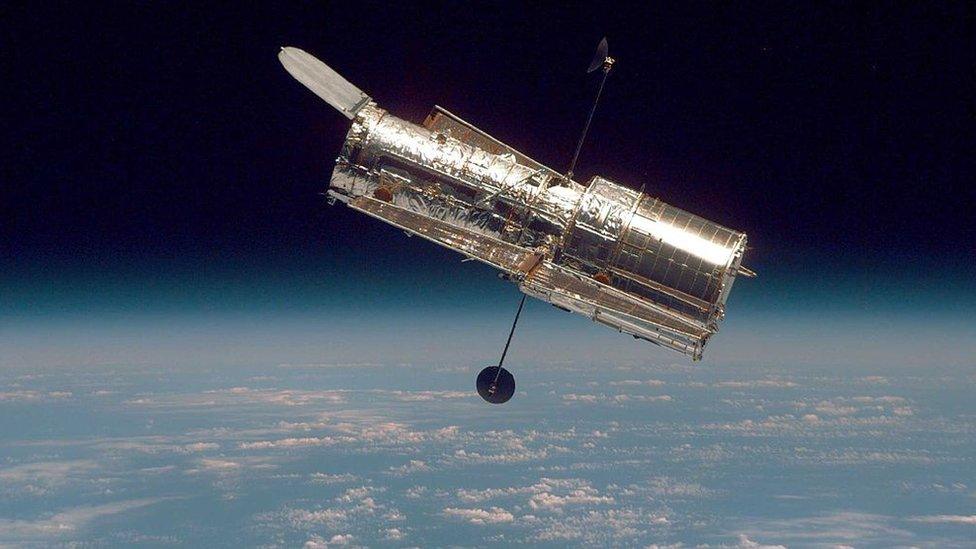
The star was detected by the Hubble Space Telescope
"We almost didn't believe it at first, it was so much farther than the previous most distant star," said PhD student Brian Welch who is the lead author on the study.
"Normally at these distances, entire galaxies look like small smudges. This galaxy has been magnified and distorted by gravitational lensing into a long crescent that we named the 'Sunrise Arc'.
"Studying Earendel will be a window into an era of the universe that we are unfamiliar with, but that led to everything we know.
It's like we've been reading a really interesting book but we started with the second chapter, and now we will have a chance to see how it all got started."
Space scientist Dr Maggie Aderin-Pocock tells us why the Hubble Space Telescope is so important
Scientists expect Earendel to remain magnified for years and it will be further studied using Nasa's Webb Space Telescope, which has a high sensitivity to infrared light. This makes it suitable for observing the star.
"It is kind of like finding an old photograph of your great-grandparents, because these stars are basically our 'stellar ancestors'," said Selma de Mink who is the scientific director of the Max Planck Institute for Astrophysics.
"We are, after all, made out of the elements that they once produced. Yet we have so many unanswered questions."
- Published28 December 2021
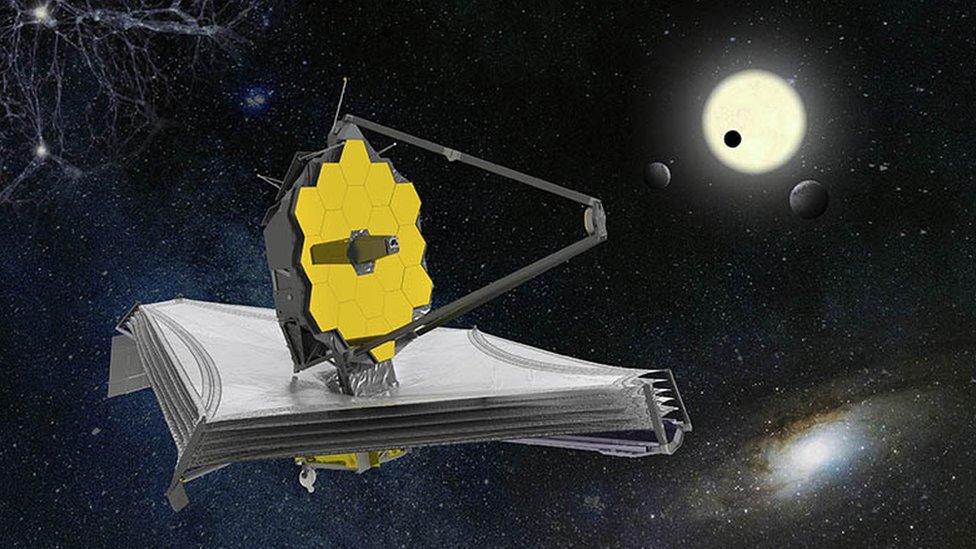
- Published13 March 2022
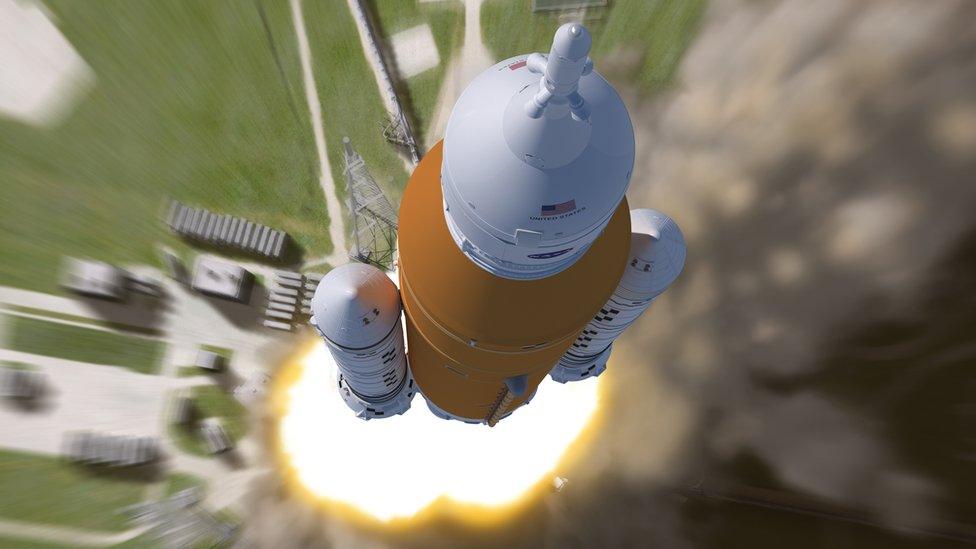
- Published7 March 2018

